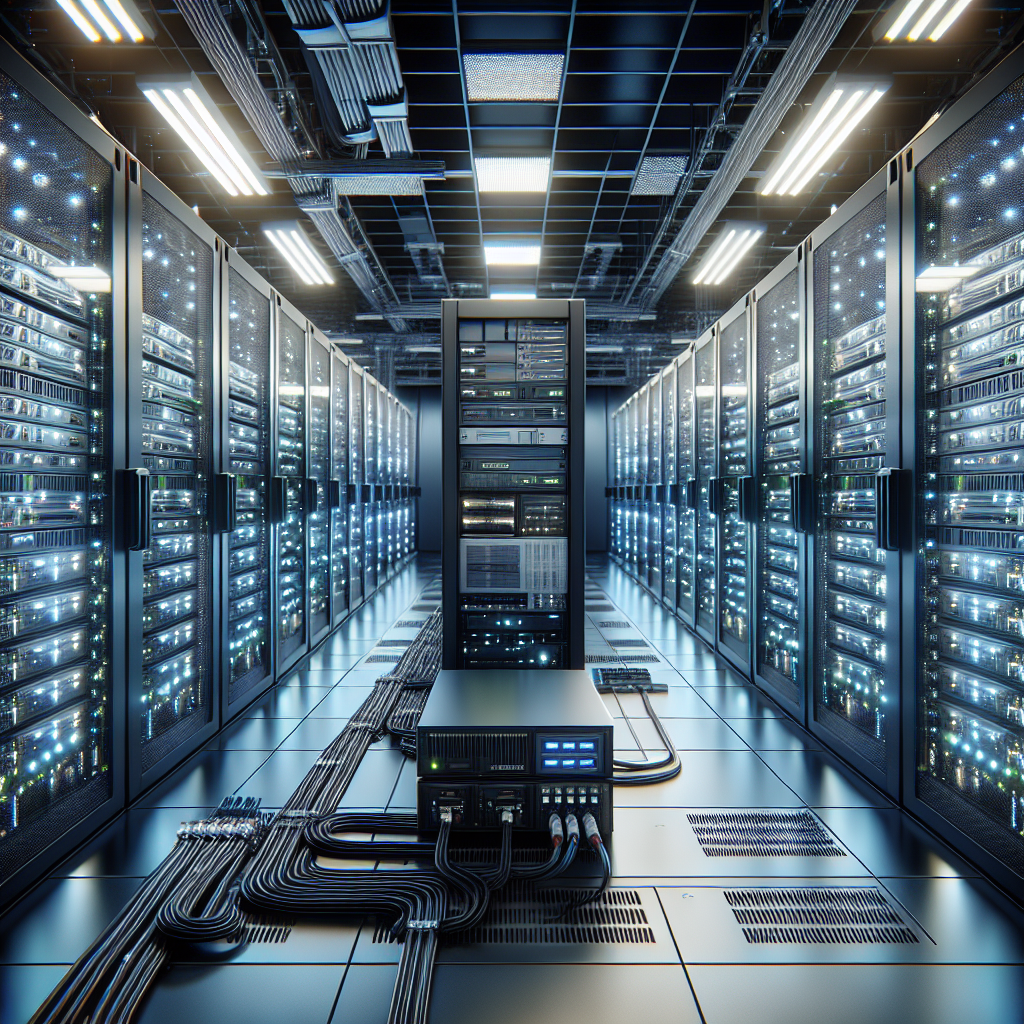Data centers are the backbone of modern business operations, housing and managing vast amounts of critical data and information. With so much at stake, ensuring that data centers have reliable power distribution systems is essential to prevent costly downtime and data loss. One key aspect of this is ensuring redundancy and backup power in data center power distribution.
Redundancy refers to having multiple systems or components in place to ensure continuous operation in the event of a failure. In the context of data center power distribution, this means having multiple power sources, distribution paths, and components to ensure that power is always available to critical IT equipment. Redundancy can be achieved through various means, such as redundant power feeds from different utility sources, multiple UPS systems, and redundant power distribution units (PDUs).
Having redundant power sources is crucial in preventing downtime in the event of a utility power outage. Data centers typically have multiple utility feeds from different power grids or substations to ensure that power is always available, even in the event of a localized power outage. In addition to utility power feeds, data centers also have backup generators that can provide emergency power in the event of an extended utility outage.
UPS systems are another key component of redundant power distribution in data centers. UPS systems provide backup power in the event of a utility power failure, allowing critical IT equipment to continue operating until backup generators can be brought online. UPS systems are typically configured in a redundant or parallel configuration to ensure that power is always available, even in the event of a UPS failure.
Redundant PDUs are also critical in ensuring reliable power distribution in data centers. PDUs are responsible for distributing power from UPS systems or generators to IT equipment, and having redundant PDUs ensures that power is always available, even in the event of a PDU failure. Redundant PDUs are typically configured in an A-B power distribution scheme, where each piece of IT equipment is connected to two separate PDUs for added redundancy.
In addition to redundancy, having backup power systems in place is essential for ensuring continuous operation in the event of a power outage. Backup generators are typically used to provide emergency power in the event of an extended utility outage, allowing data centers to continue operating until utility power is restored. Backup generators are typically fueled by diesel or natural gas and can provide power for extended periods of time, ensuring that critical IT equipment remains operational during an outage.
In conclusion, ensuring redundancy and backup power in data center power distribution is essential for preventing costly downtime and data loss. By implementing redundant power sources, UPS systems, and PDUs, data centers can ensure that power is always available to critical IT equipment. Additionally, backup generators provide emergency power in the event of a utility outage, ensuring continuous operation until utility power is restored. By investing in redundant and backup power systems, data centers can minimize the risk of downtime and ensure the reliability of their operations.


Leave a Reply